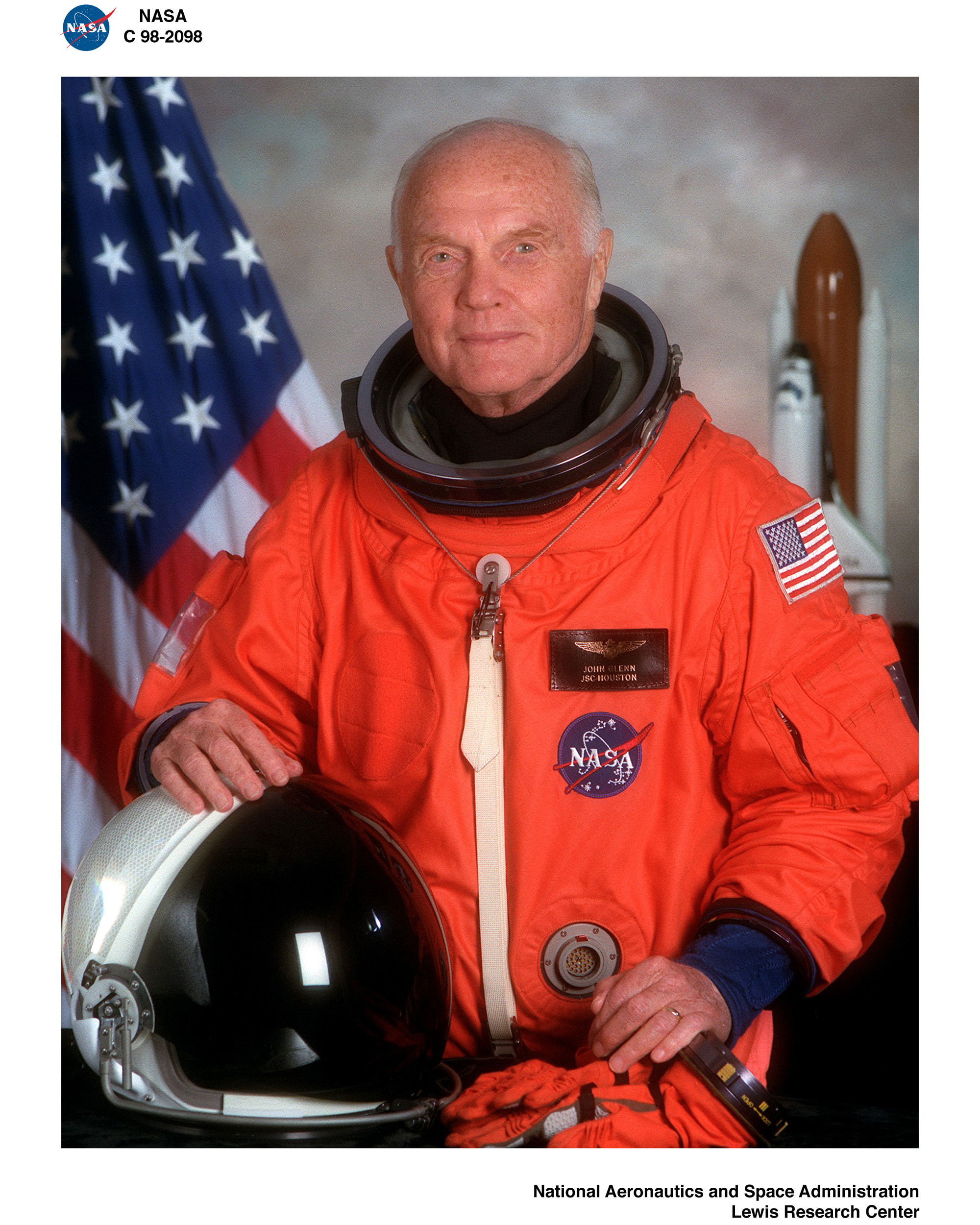In December 1903, Orville and Wilbur Wright harnessed the power of flight and achieved the seemingly impossible.
But the brother’s successful engineering of the first three-axis control was more than a technique that made fixed-wing aircrafts possible it was an enduring industry standard to this day.
Their awe-inspiring discovery served as a spark igniting a flame of innovation in Ohio, and the Wright Brothers legacy defined what it meant to be an Ohioan.
“You could argue that Ohio was the Silicon Valley of the industrial age,” says President and Chief Executive Officer the Ohio Aerospace Institute Michael Heil.
So while Ohio claimed its spot in the skies, it reached even higher years later when America’s goals increased in the 1960s. In 1962, the Cambridge-born fighter pilot John Glenn made history by becoming the first American to orbit earth. Seven years later, Neil Armstrong, of Wapakoneta, followed in Glenn’s footsteps by becoming the first man to walk on the moon. Since then, Ohio has produced 25 astronauts. Those astronauts are responsible for 78 space flights, 22,000 hours, and three trips to the moon.
“The latest generation of astronauts grew up learning about the history of Ohio and that the Wright Brothers, Glenn, Armstrong and so many of these industrial and innovation leaders that are from here,” Heil says. “I think a lot of folks across the state grew up saying, ‘I want to be an astronaut too.’”
It’s in our air
With Ohio’s historic roots in innovation and engineering, the state evolved into a hub for the aviation and aerospace industry. As one of Ohio’s premier industries, it accounts for more than 130,000 high-paying, full-time jobs and a gross state product of $4.3 billion. Ohio is home to two of the premier research and development facilities in the nation. The Wright-Patterson Air Force Base, located five miles outside Dayton, is the largest Air Force base of its kind in the country. It employs approximately 27,400 people, making it the largest single site employer in Ohio. It also has an estimated economic influence of $4 billion. In Cleveland, NASA’s premier research laboratory, the John H. Glenn Research Center, employs over 3,400 people. The industry pumps $1.4 million into the economy. Overall, about $10 billion is invested in research and development in Ohio annually.
With many innovative research and development facilities within reach, Ohio attracts leading companies in the industry. Ohio is the number one U.S. supplier to Boeing and Airbus, two top-tier companies in aviation and aerospace. The 1,200 private companies in Ohio that provide components for the industry nation-wide nearly double the per-state average across the country, creating a $14 billion export market. Similar to other fields, there is a slight crisis brewing. In an industry mostly made up of baby boomers, fresh blood is needed. The Bureau of Labor Statistics reports that the average age of aerospace engineers is 47 years old, and in 2013, a survey produced by Aviation Week showed that 9.6 percent of employees are eligible for retirement. Jobs in the aviation and aerospace industry are typically highly skilled, and the industry depends on people who have strong math and science backgrounds. For example, 83 percent of NASA Glenn employees possess at least a bachelor’s degree, and that number is expected to rise. Heil says, a main concern in the community focuses on the low number of young people majoring in STEM (science, technology, engineering and math) subjects.
“We need to get the word out that this is a great career path with a lot of people hiring,” Heil says.
Heil feels it’s important to make math and science exciting by eliminating the mystique that it’s boring or hard. Perhaps another selling point is that in this case, high pay accompanies high skill. According to the Bureau of Labor Statistics, the median pay of Aerospace Engineers in 2014 was $105,380, nearly $50,000 more than the median income per household. Glenn Richardson acts as the Managing Director of Advanced Manufacturing Aerospace and Aviation for the non-profit workforce development group JobsOhio. While he stresses the importance of engineers, he also sees mid-level employees as a hole in the work force. He works with high schools, community colleges and vocational schools to find strategies to attract young people to those types of careers.
“This isn’t your grandfather’s manufacturing, in a dirty, oil covered environment,” Richardson says. “These jobs are in a very high tech, very clean environment, where the knowledge to operate the system of machines is not only electrical and mechanical but also has the tech piece and the computing piece and the ability to troubleshoot it.”
A Man with a plan
Workforce development was one of the many issues Rep. Rick Perales, of Beavercreek, had in mind when he proposed Ohio House Bill 292. In his mind, Ohio is currently a logistics chain, a supplier of components and parts. To take Ohio to the next level, he wants to build the state into a premier destination for companies seeking locations to build full-scale plants that construct the latest airplanes and machines for both industrial and defense purposes.
“The purpose of 292 was to pull military, academia, aviation and aerospace experts together to make sure that we get enough effectiveness and efficiency from our resources,” Perales says. “We have so many resources and we are so fortunate with aviation aerospace that we ought to be number one in the country. We’re fading fast, and I think it’s because we’ve gotten a little fat, dumb and lazy, expecting things to come to us.”
SEO
Related posts
What’s Inside
- Behind the Bite (68)
- Features (124)
- In Your Neighborhood (102)
- Photo Essay (4)
- Read the Full Issue (8)
- Talking Points (48)
- The Scene (15)
- Uncategorized (3)
- Web Exclusive (5)
- What's Your Story? (21)




Find us on Social Media